Intelligent Platform Based on Smart PPE for Safety in Workplaces
Abstract
:1. Introduction and Motivation
2. Platform Design
3. Data Analysis and Modelling
3.1. Helmet
- Brightness,
- Variation in X, Y and Z axis,
- Force sensitive resistor,
- Temperature, humidity, pressure,
- Air quality.
3.2. Smart Bracelet with Platform
- Heart attack and irregular heartbeat,
- Extreme temperature changes leading to a heat stroke,
- Unhealthy temperature for the worker,
- Slips, trips and falls,
- Blows to the worker’s hand,
- Reporting an accident,
3.3. Smart Belt Design by Naive Bayes Classifier
- Low Battery 1,
- Z-axis difference greater than low value 2,
- Z-axis difference greater than average value 3,
- Z-axis difference greater than high value 4,
- High decibels 5,
- Panic button on 6,
- Low battery and difference on Z axis greater than low value 7,
- Low battery and difference on Z axis greater than average value 8,
- Low battery and difference on Z axis greater than high value 9,
- Low battery and high decibels 10,
- Low battery panic button activated 11,
- Difference on Z axis greater than low value and high decibels 12,
- Z-axis difference greater than mean value and high decibels 13,
- Z-axis difference greater than high value and high decibels 14,
- Z-axis difference greater than low value and emergency button activated 15,
- Z-axis difference greater than mean value and emergency button activated 16,
- Z-axis difference greater than high value and emergency button activated 17,
- Panic button activated and high decibels 18,
- Z-axis difference greater than low value and high decibels and low battery 19,
- Z-axis difference greater than mean value and high decibels and low battery 20,
- Z-axis difference greater than high value and high decibels and low battery 21.
3.4. Integration
Procedure
- The Adamic–Adar index is a measure introduced in 2003 by Lada Adamic and Eytan Adar to predict links in a social network. The Adamic–Adar of a pair of nodes and is defined as in Equation (1):
- Training: show features + value to predict;
- Using/Validating: try to predict value from features.
- Starting from a graph, we choose a set of heuristics available in the stat-of-the-art for complex networks (the most common ones are: Jaccard coefficient, Hub Promoted, Adamic Adar, etc.).
- Referring to the Jaccard Coefficient, this allows us to establish a coefficient for a specific node (defined as similarity based on the neighbourhood of the node), this value will become a characteristic for the input vector that will be used for the final modelling.
- The process is repeated by assigning a value by a heuristic to each node pair combination in the network, where at the end we will have an input vector for each node pair with a target that is identified with 0 or 1, depending on whether or not there is a link between each node pair.
- Finally, an ML model is applied to the generated data where what we are doing is weighting the response of the different artificial intelligence models represented as a complex network to reduce the classification noise in industrial and work environments. The entire process is summarised in Figure 12.
4. Discussion and Conclusions
Author Contributions
Funding
Institutional Review Board Statement
Informed Consent Statement
Data Availability Statement
Acknowledgments
Conflicts of Interest
References
- Shahnavaz, H. Workplace injuries in the developing countries. Ergonomics 1987, 30, 397–404. [Google Scholar] [CrossRef] [PubMed]
- Friend, M.A.; Kohn, J.P. Fundamentals of Occupational Safety and Health; Rowman & Littlefield: Lanham, MD, USA, 2018. [Google Scholar]
- Smitha, M.W.; Kirk, K.A.; Oestenstad, K.R.; Brown, K.C.; Lee, S.-D. Effect of state workplace safety laws on occupational injury rates. J. Occup. Environ. Med. 2001, 43, 1001–1010. [Google Scholar] [CrossRef] [Green Version]
- Boden, L.I.; Ruser, J.W. Workers’ compensation “reforms,” choice of medical care provider, and reported workplace injuries. Rev. Econ. Stat. 2003, 85, 923–929. [Google Scholar] [CrossRef]
- Bonato, P. Wearable sensors and systems. IEEE Eng. Med. Biol. Mag. 2010, 29, 25–36. [Google Scholar] [CrossRef] [PubMed]
- Park, S.; Jayaraman, S. Enhancing the quality of life through wearable technology. IEEE Eng. Med. Biol. Mag. 2003, 22, 41–48. [Google Scholar] [CrossRef] [PubMed]
- Miorandi, D.; Sicari, S.; De Pellegrini, F.; Chlamtac, I. Internet of things: Vision, applications and research challenges. Ad Hoc Netw. 2012, 10, 1497–1516. [Google Scholar] [CrossRef] [Green Version]
- Campero-Jurado, I.; Márquez-Sánchez, S.; Quintanar-Gómez, J.; Rodríguez, S.; Corchado, J.M. Smart Helmet 5.0 for industrial internet of things using artificial intelligence. Sensors 2020, 20, 6241. [Google Scholar] [CrossRef]
- Sánchez, S.M.; Vara, R.C.; Criado, F.J.G.; González, S.R.; Tejedor, J.P.; Corchado, J.M. Smart PPE and CPE Platform for Electric Industry Workforce. In International Workshop on Soft Computing Models in Industrial and Environmental Applications; Springer: Cham, Switzerland, 2019. [Google Scholar]
- Sánchez, M.; Rodriguez, C.; Manuel, J. Smart Protective Protection Equipment for an accessible work environment and occupational hazard prevention. In Proceedings of the 2020 10th International Conference on Cloud Computing, Data Science & Engineering (Confluence), Noida, India, 29–31 January 2020. [Google Scholar]
- Sánchez, S.M. Electronic Textiles for Intelligent Prevention of Occupational Hazards. In International Symposium on Distributed Computing and Artificial Intelligence; Springer: Cham, Switzerland, 2019. [Google Scholar]
- Podgorski, D.; Majchrzycka, K.; Dąbrowska, A.; Gralewicz, G.; Okrasa, M. Towards a conceptual framework of OSH risk management in smart working environments based on smart PPE, ambient intelligence and the Internet of Things technologies. Int. J. Occup. Saf. Ergon. 2017, 23, 1–20. [Google Scholar] [CrossRef] [Green Version]
- Chae, H.S.; Ko, M.S.; Kim, H.C.; Kim, K.S.; Choi, D.P.; Kim, K.R.; Lee, K.S. Development Trends of Smart Personal Protective Equipment for Agricultural Health and Safety. J. Ergon. Soc. Korea 2017, 36, 677–691. [Google Scholar]
- Tulshyan, V.; Sharma, D.; Mittal, M. An Eye on the Future of COVID’19: Prediction of Likely Positive Cases and Fatality in India over A 30 Days Horizon using Prophet Model. Disaster Med. Public Health Prep. 2020, 1–20. [Google Scholar] [CrossRef]
- Islam, A. Use of PPE in Response of Coronavirus (COVID-19): A Smart Solution to Global Economic Challenges? Ph.D. Thesis, Putra Business School, Seri Kembangan, Malaysia.
- Rajendran, S.D.; Wahab, S.N.; Yeap, S.P. Design of a smart safety vest incorporated with metal detector kits for enhanced personal protection. Saf. Health Work. 2020, 11, 537–542. [Google Scholar] [CrossRef]
- Fischer, W.A., II; Weber, D.J.; Wohl, D.A. Personal protective equipment: Protecting health care providers in an Ebola outbreak. Clin. Ther. 2015, 37, 2402–2410. [Google Scholar] [CrossRef] [PubMed] [Green Version]
- Gazafroudi, A.S.; Soares, J.; Ghazvinic, M.A.F.; Pinto, T.; Vale, Z.; Corchado, J.M. Stochastic interval-based optimal offering model for residential energy management systems by household owners. Int. J. Electr. Power Energy Syst. 2019, 105, 201–219. [Google Scholar] [CrossRef]
- Román, J.A.; Rodríguez, S.; de la Prieta, F. Improving the distribution of services in MAS. In International Conference on Practical Applications of Agents and Multi-Agent Systems; Springer: Cham, Switzerland, 2016. [Google Scholar]
- Chamoso, P.; De La Prieta, F.; Eibenstein, A.; Santos-Santos, D.; Tizio, A.; Vittorini, P. A device supporting the self management of tinnitus. In International Conference on Bioinformatics and Biomedical Engineering; Springer: Cham, Switzerland, 2017. [Google Scholar]
- Sittón, I.; Rodríguez, S. Pattern extraction for the design of predictive models in industry 4.0. In International Conference on Practical Applications of Agents and Multi-Agent Systems; Springer: Cham, Switzerland, 2017. [Google Scholar]
- Sánchez, S.M.; Lecumberri, F.; Sati, V.; Arora, A.; Shoeibi, N.; Rodríguez, S.; Rodríguez, J.M.C. Edge Computing Driven Smart Personal Protective System Deployed on NVIDIA Jetson and Integrated with ROS. In International Conference on Practical Applications of Agents and Multi-Agent Systems; Springer: Cham, Switzerland, 2020. [Google Scholar]
- Sun, X.; Ansari, N. EdgeIoT: Mobile edge computing for the Internet of Things. IEEE Commun. Mag. 2016, 54, 22–29. [Google Scholar] [CrossRef]
- Heras, S.; De la Prieta, F.; Julian, V.; Rodríguez, S.; Botti, V.; Bajo, J.; Corchado, J.M. Agreement technologies and their use in cloud computing environments. Prog. Artif. Intell. 2012, 1, 277–290. [Google Scholar] [CrossRef] [Green Version]
- Shawish, A.; Salama, M. Cloud computing: Paradigms and technologies. In Inter-Cooperative Collective Intelligence: Techniques and Applications; Springer: Berlin/Heidelberg, Germany, 2014; pp. 39–67. [Google Scholar]
- Shi, W.; Cao, J.; Zhang, Q.; Li, Y.; Xu, L. Edge computing: Vision and challenges. IEEE Internet Things J. 2016, 3, 637–646. [Google Scholar] [CrossRef]
- Shi, W.; Dustdar, S. The promise of edge computing. Computer 2016, 49, 78–81. [Google Scholar] [CrossRef]
- Satyanarayanan, M. The emergence of edge computing. Computer 2017, 50, 30–39. [Google Scholar] [CrossRef]
- Boyes, H.; Hallaq, B.; Cunningham, J.; Watson, T. The industrial internet of things (IIoT): An analysis framework. Comput. Ind. 2018, 101, 1–12. [Google Scholar] [CrossRef]
- Mobley, R.K. An Introduction to Predictive Maintenance; Elsevier: Amsterdam, The Netherlands, 2002. [Google Scholar]
- Chamoso, P.; González-Briones, A.; Rivas, A.; De La Prieta, F.; Corchado, J.M. Social computing in currency exchange. Knowl. Inf. Syst. 2019, 61, 733–753. [Google Scholar] [CrossRef]
- Puig Ramírez, J. Asset Optimization and Predictive Maintenance in Discrete Manufacturing Industry. Master’s Thesis, École Polytechnique Fédérale de Lausanne, Lausanne, Switzerland, 2010. [Google Scholar]
- Chamoso, P.; De Paz, J.F.; Bajo, J.; Villarrubia, G. Intelligent control of energy distribution networks. In International Conference on Practical Applications of Agents and Multi-Agent Systems; Springer: Cham, Switzerland, 2016. [Google Scholar]
- Van Den Oord, A.; Dieleman, S.; Schrauwen, B. Deep content-based music recommendation. In Neural Information Processing Systems Conference (NIPS 2013); Neural Information Processing Systems Foundation (NIPS): Lake Tahoe, NV, USA, 2013; Volume 26. [Google Scholar]
- Chen, Z.-Y.; Kuo, R.J. Evolutionary algorithm-based radial basis function neural network training for industrial personal computer sales forecasting. Comput. Intell. 2017, 33, 56–76. [Google Scholar] [CrossRef] [Green Version]
- Yegnanarayana, B. Artificial Neural Networks; PHI Learning Pvt. Ltd.: Delhi, India, 2009. [Google Scholar]
- Leake, D.B. Case-Based Reasoning: Experiences, Lessons, and Future Directions; MIT Press: Cambridge, MA, USA, 1996. [Google Scholar]
- Goodfellow, I.; Bengio, Y.; Courville, A. Deep Learning; MIT Press: Cambridge, MA, USA, 2016; Volume 1, No. 2. [Google Scholar]
- Riverola, F.F.; Corchado, J.M. Sistemas híbridos neuro-simbólicos: Una revisión. Intel. Artif. Rev. Iberoam. Intel. Artif. 2000, 4, 12–26. [Google Scholar]
- Silva, T.C.; Zhao, L. Machine Learning in Complex Networks; Springer International Publishing: Cham, Switzerland, 2016; Volume 1. [Google Scholar]
- Stephenson, M.; Amarasinghe, S.; Martin, M.; O’Reilly, U.M. Meta optimization: Improving compiler heuristics with machine learning. ACM Sigplan Not. 2003, 38, 77–90. [Google Scholar] [CrossRef]
- Márquez-Sánchez, S.; Campero-Jurado, I.; Quintanar-Gómez, J.; Rodríguez, S.; Corchado, J.M. Smart Belt Design by Naıve Bayes Classifier for Standard Industrial Protection Equipment Integration. Int. J. Artif. Intell. 2020, 18, 186–201. [Google Scholar]
- Márquez-Sánchez, S.; Campero-Jurado, I.; Robles-Camarillo, D.; Rodríguez, S.; Corchado-Rodríguez, J.M. BeSafe B2.0 Smart Multisensory Platform for Safety in Workplaces. Sensors 2021, 21, 3372. [Google Scholar] [CrossRef] [PubMed]

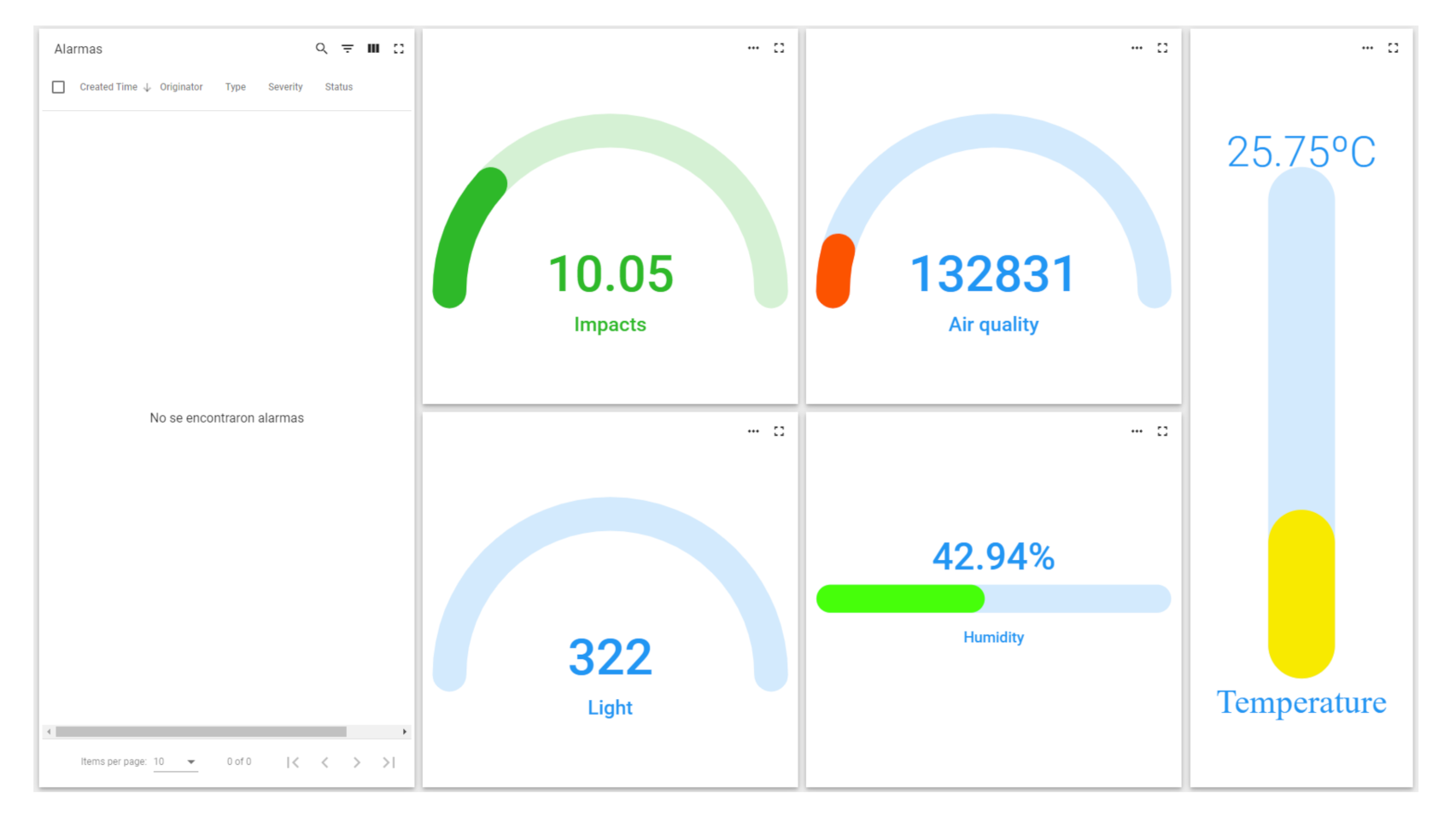

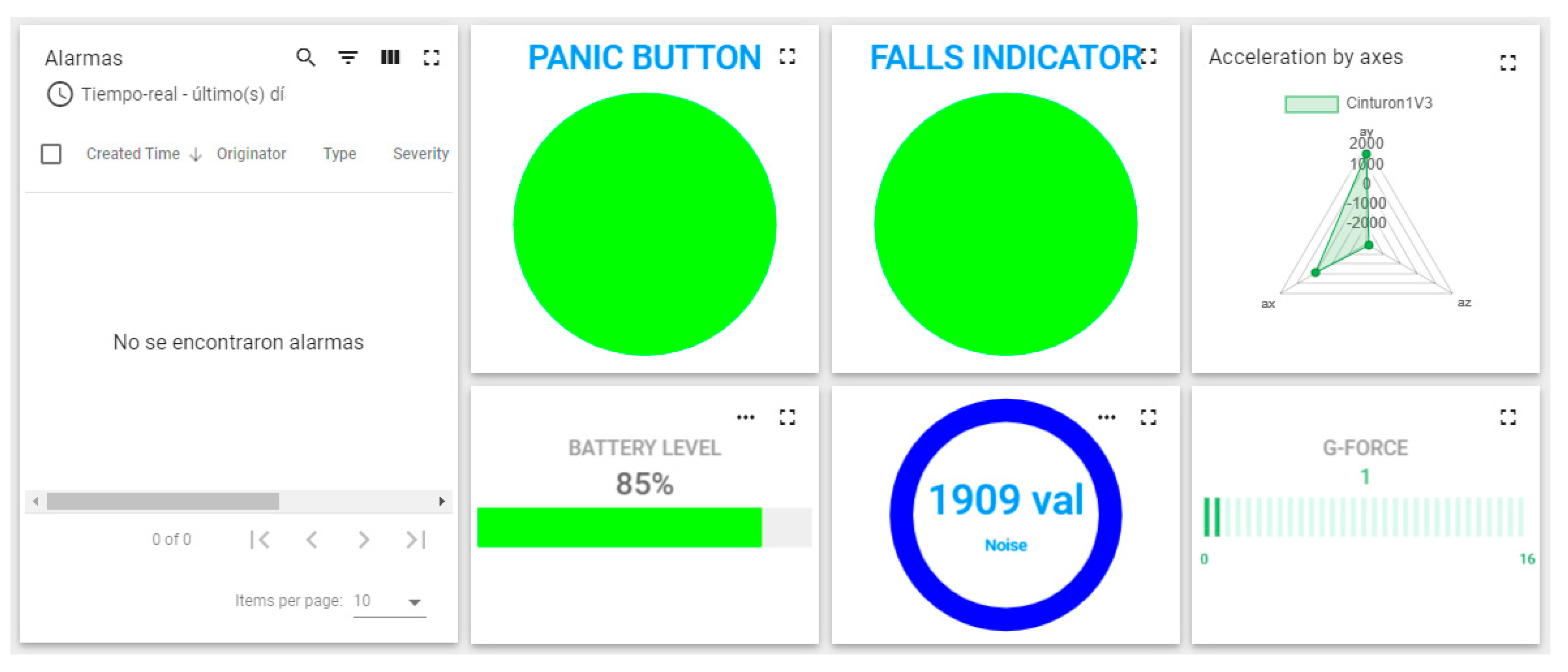
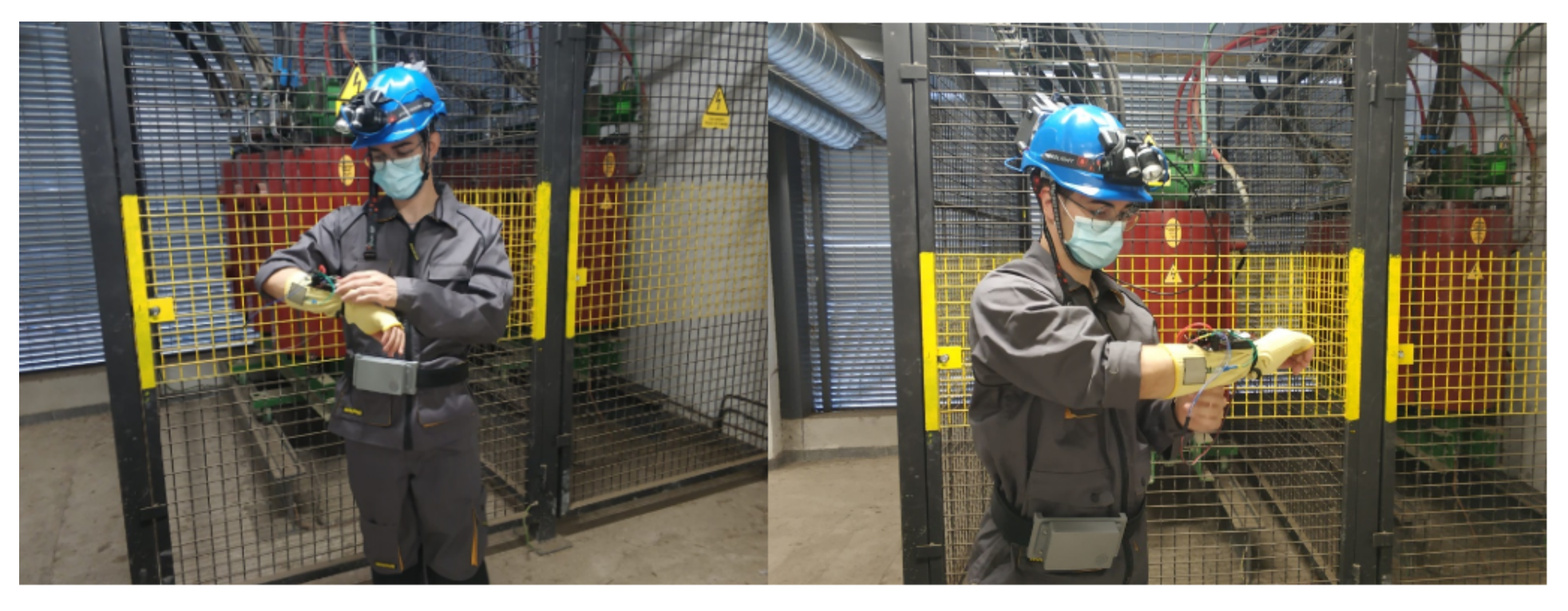

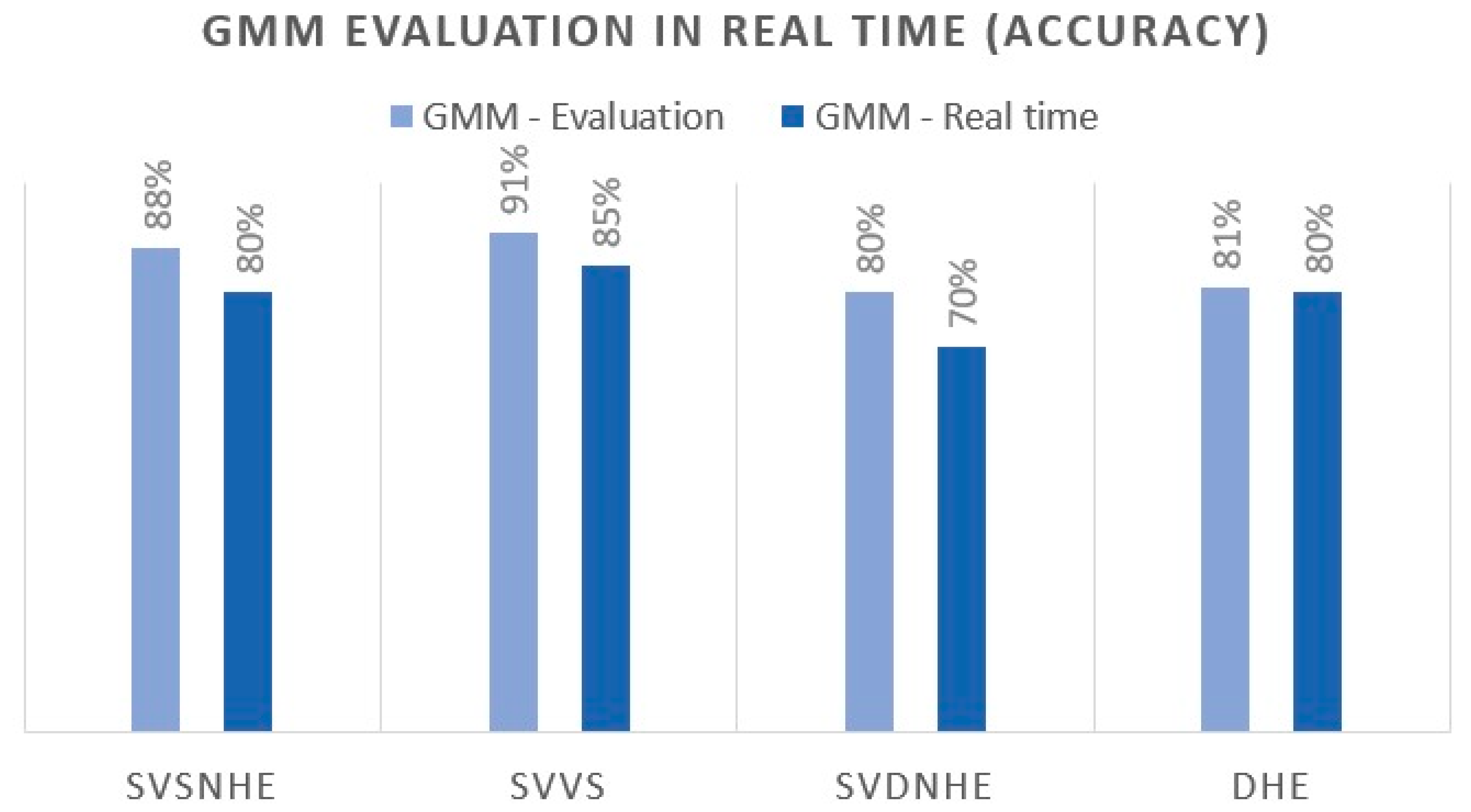

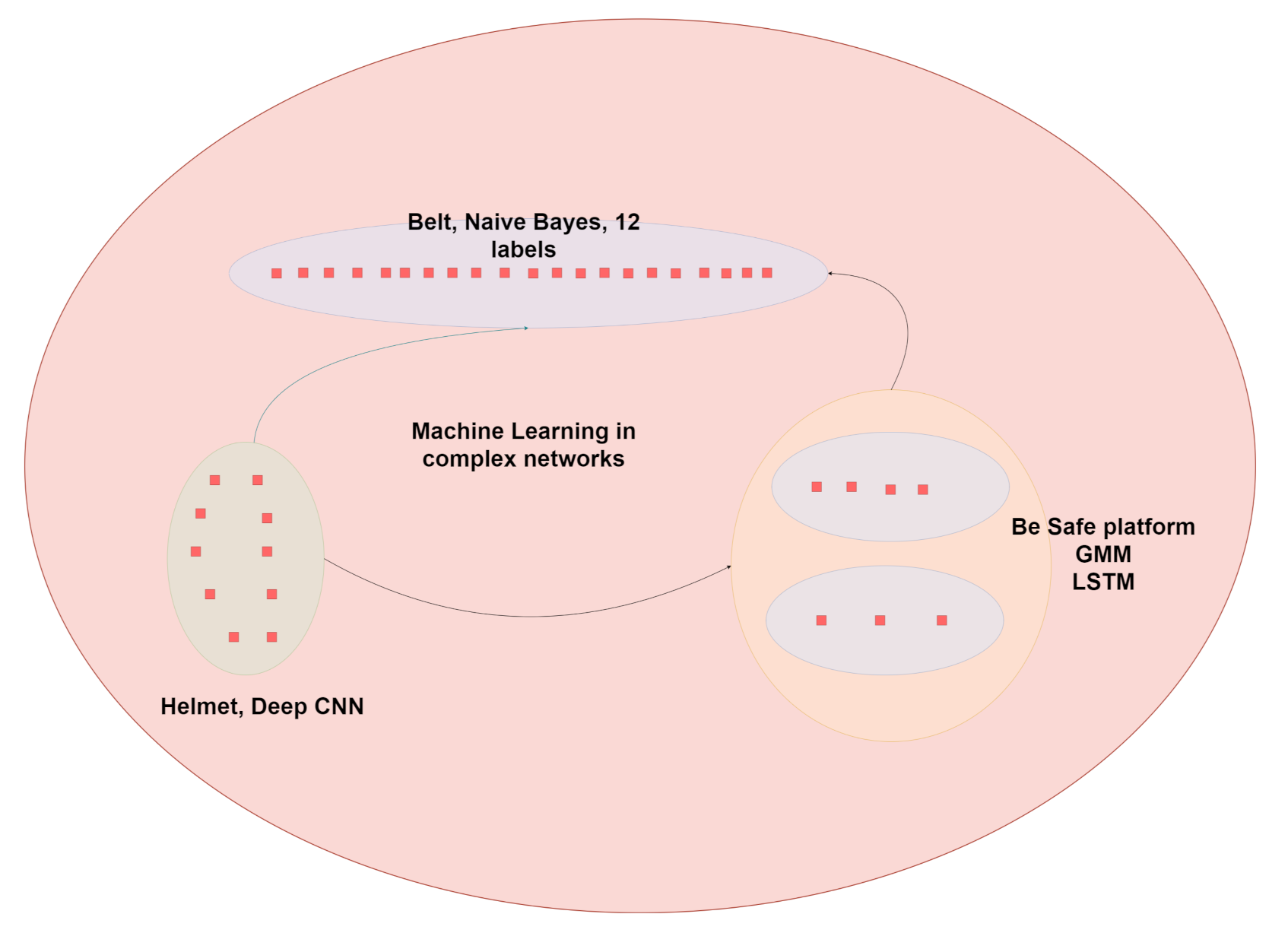
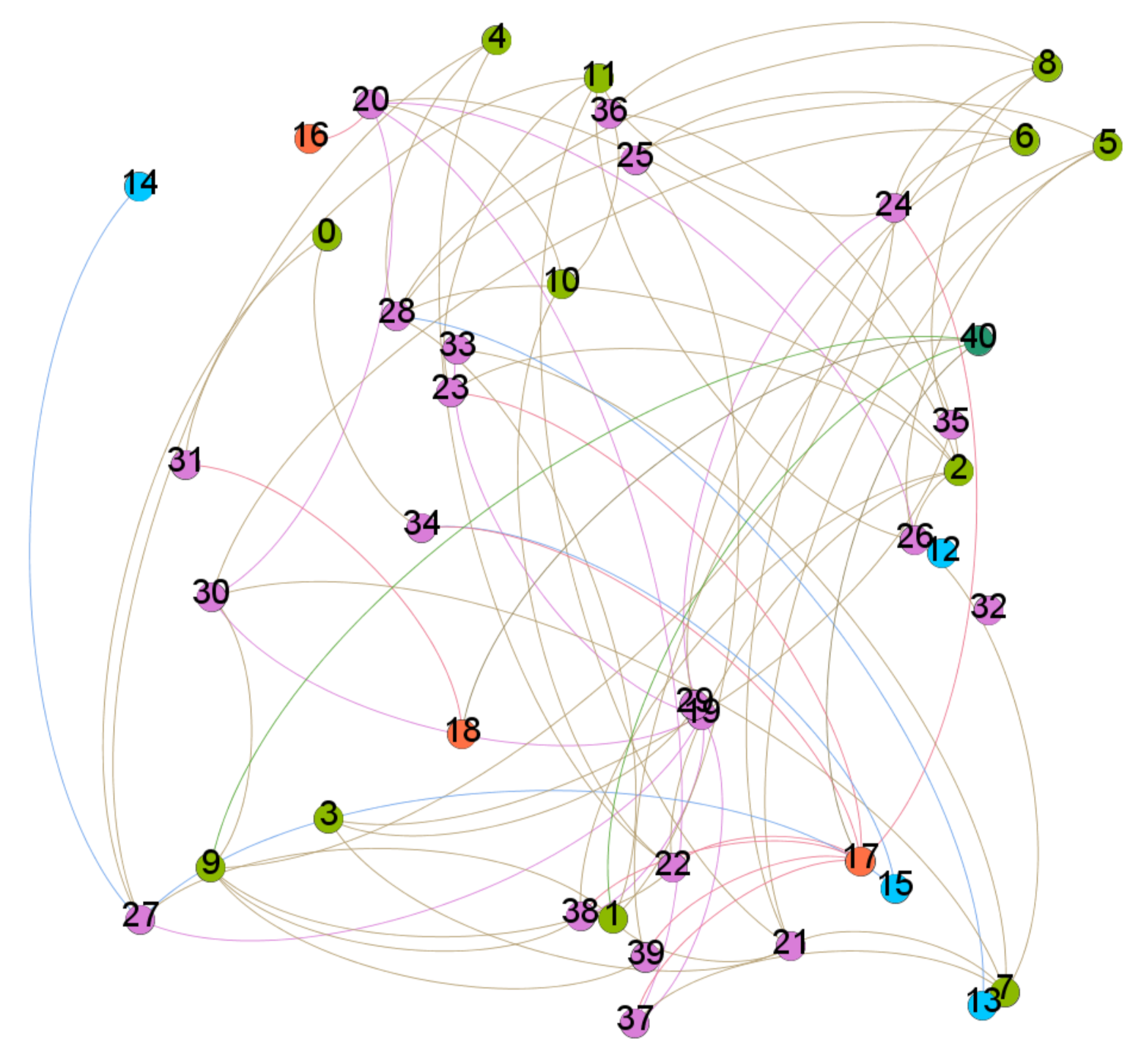
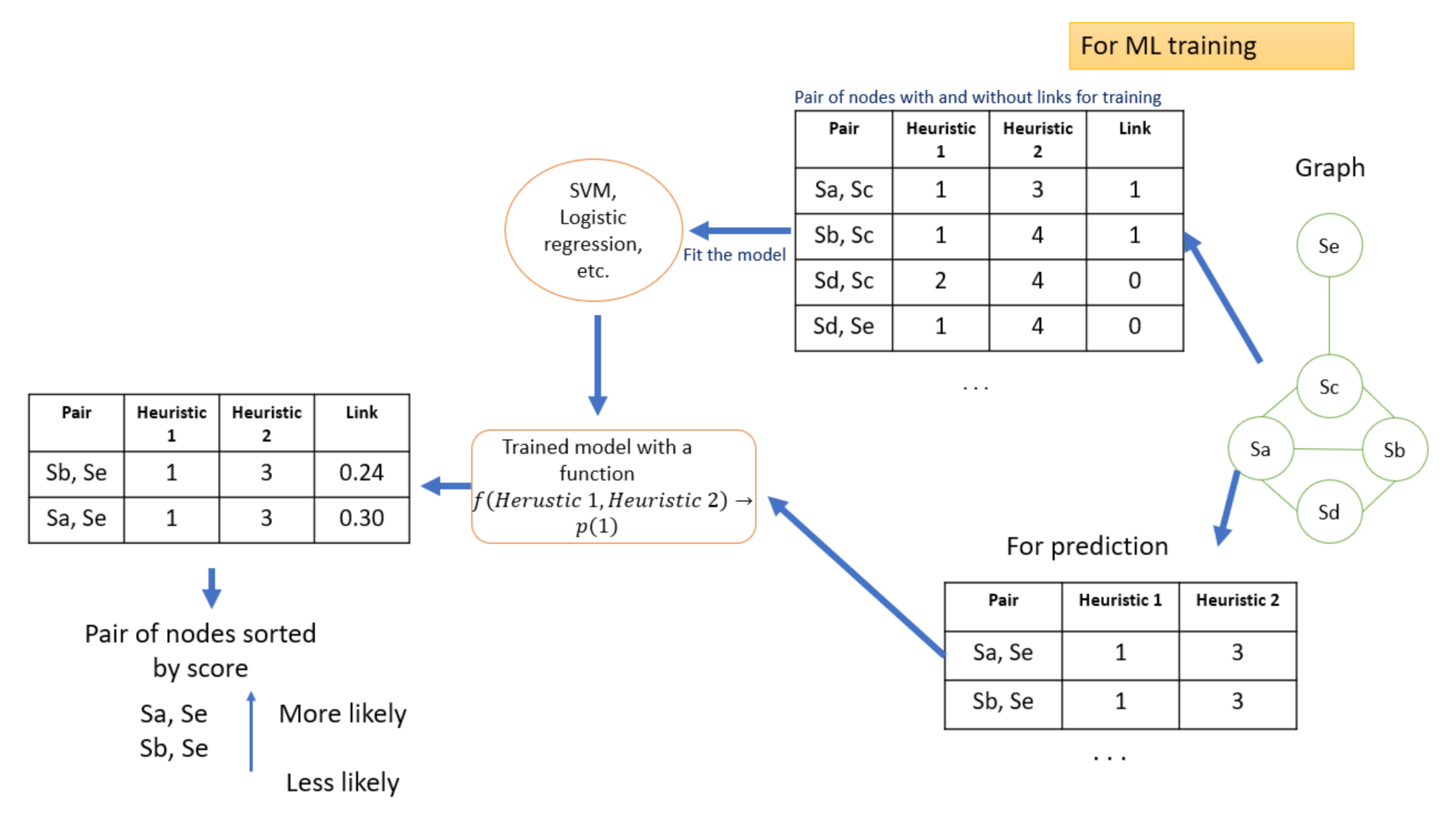

| Bibliografy | Technologies Included | Advantages and Disadvantages | Novelty of the Proposal |
|---|---|---|---|
| Heras, Stella, et al. (2012) | This work is focused on the use of multi-agent systems and cloud computing, so our platform provides additional functionality. | It presents the role of argumentation in the next generation of agreement technologies and their use in cloud computing environments. | |
| Shawish, Ahmed, and Maria Salama. (2014) | Cloud computing, Distributed systems, Multi-agent systems, Virtual organisations Social Computing | It classifies the Cloud’s deployment and service models, providing a complete description of the Cloud services vendors. | It provides a comprehensive overview of the Cloud’s anatomy, definition, characteristic, effects, architecture, and core technology. |
| Chamoso, Pablo, et al. (2019) | Improves interaction between users and ensures a fast and secure operation. | A multi-agent system is the base of the developed software; MAS is an essential and commonly used tool in social computing. | |
| Chamoso, Pablo, et al. (2016) | The system provides a web application to manage all the review processes for power lines management. | This work is focused on the periodic review of transmission towers (TT) to avoid important risks, such as step and touch potentials, for humans. | |
| Riverola, Florentino Fdez, et al. (2000) | Hybrid neuro-symbolic systems, Case-based reasoning (CBR), Artificial Neural Networks (NN) Agent Virtual organisation, Deep Learning | Classifications of these systems, paying particular attention to each subsystem’s distinctive features that make up the hybrid models. | This work is a general review of hybrid neuro-symbolic artificial intelligence systems, focusing on those composed of artificial intelligence. |
| Van Den Oord, Aäron, et al. (2013) | Deep content-based focus on music. | This work is aimed at a platform based on music recommendation through deep learning. | |
| Chen, Zhen-Yao, et al. (2017) | A hybrid of genetic algorithm and artificial immune system (HGAI) algorithm. | Evolutionary algorithm-based radial basis function neural network training for industrial personal computer sales forecasting. | |
| Puig Ramírez, Joaquim. (2010) | The reliable detection and anticipation of performance deviations via monitoring the production and product-related process, diagnostic of possible causes and predicting the time of occurrence. | Asset optimisation and predictive maintenance in discrete manufacturing industry. | |
| Mobley, R. Keith. (2002) | Predictive maintenance, Machine Train Monitoring, Industrial organisation, Production control, Supervision | The system provides maintenance methods in manufacturing or production plans. | It is a review of the methods and methodologies for carrying out predictive maintenance in industries. |
| Sittón, Inés, et al. (2017) | It is aimed at the recognition and extraction of unstructured data patterns from IoT sensors. | Pattern extraction for the design of predictive models in Industry 4.0 | |
| Shin, D. et al. (2016) | Use of edge computing, followed by several case studies, ranging from cloud offloading to smart home and city. | It presents several challenges and opportunities in the field of edge computing. | |
| Shi, Weisong and Schahram Dustdar. (2016) | Edge computing, Real-time monitoring, Internet of Things (IoT), Protective System Smart cities and home | The success of the Internet of Things and rich cloud services have helped create edge computing. | This work is aimed at understanding edge computing technology and its multitude of applications to propose environments capable of processing information at the device level. |
| Satyanarayanan, Mahadev. (2017) | Industry investment and research interest in edge computing. | It presents several research and opportunities in the field of edge computing. | |
| Bibliography | Technologies Included | Advantages and Disadvantages | Novelty of the Proposal |
| Sánchez, Sergio Márquez, et al. (2020) | The paper is before work that is supported by the current platform work based on ROS. | This work is based on edge computing Driven Smart Personal Protective System Deployed on NVIDIA Jetson and Integrated with ROS. | |
| Sun, Xiang, and Nirwan Ansari. (2016) | A hierarchical fog computing architecture in each fog node to provide flexible IoT services while maintaining user privacy. | Mobile edge computing for the Internet of Things. | |
| Podgorski, Daniel, et al. (2017) | A new conceptual framework for dynamic Occupational Safety and Health (OSH) management in Smart Working Environments (SWE) | A proposed framework is based on a new paradigm of OSH risk management consisting of real-time risk assessment and the capacity to monitor the risk level of each worker individually. | |
| Boyes, Hugh, et al. (2018) | Ambient intelligence (AI), Industrial Internet of Things (IIoT), Smart working environment (SWE), Occupational safety management, Personal Protective Equipment (PPE), Cyber-physical systems, Real-time risk assessment, | It is focused on analyses related to partial IoT taxonomies. | It develops an analysis framework for IIoT that can be used to enumerate and characterise IIoT devices. |
| Sánchez, Sergio Márquez, (2019) | They seek to improve the health and safety of work sectors where there is a high risk of an accident. | Solutions made available by industry 4.0 to prevent hazards with a wireless model consists of the design of different innovative PPE. | |
| Chae, Hye Seon, et al. (2017) | Smart personal protection equipment uses various biometric information from the combination of devices to allow the wearer to voluntarily recognize the danger | The research and development of the rural smart personalisation equipment for preventing farming and disaster prevention |
| Device | Component | Characteristics | Description |
|---|---|---|---|
| Helmet | ALS-PT19 Ambient light sensor | - Supply Voltage: Vcc −0.5∼6.0 V - Vce = 5 V, Ev = 1000 Lx - Color Temperature = 6500 K | The ALS-PT19 is a low cost ambient light sensor, consisting of phototransistor in miniature SMD. |
| MPU6050 | - Supply Voltage, VDD −0.5 V to +6 V - Acceleration (Any Axis, unpowered) 10,000 g for 0.2 ms - Gyroscope Features: FSR of ±250, ±500, ±1000, and 2000/s - Accelerometer Features: FSR ±2 g, ±4, ±8 and ±16 g - Nonlinearity (typ.) (A): 0.5% (G): 0.2% - Sensitivity Scale Factor: (G.typ) 131, 65.5, 32.8, 16.4 LSB (/s) (A.typ) 16.384 LSB/g, 8.192 LSB/g, 4.096 LSB/g, 2.048 LSB/g - Sensitivity Scale Factor Tolerance: (G) ±3% FSC: Full Scale Range | The MPU6050 module contains a three-axis gyroscope with which we can measure angular velocity and a 3-axis accelerometer with which we measure the X, Y and Z components of the acceleration, the accelerometer works on the piezo electric principle, it also has a temperature sensor. | |
| NeoPixel Adafruit LED strip | - Supply Voltage: Vcc +6.0∼+7.0 V - Low voltage output current: 18.5 mA and 10 mA (min) - Operation Frequency: 800 KHz | Neopixel stick 8 × 5050 RGBW LEDs ∼3000 K | |
| Square Force-Sensitive Resistor (FSR) | - Actuation Force ∼0.2 N min - Force Sensitivity Range: ∼0.2 N–20 N - Force Repeatability Single Part +/− 2% - Force Repeatability Part to Part +/− 6% (Single Batch) | FSRs are sensors that allow you to detect physical pressure, squeezing and weight. | |
| BME680 | - Digital interface I2C (up to 3.4 MHz) and SPI (3 and 4 wire, up to 10 MHz) - Supply voltage: VDD: 1.71 V to 3.6 V - VDDIO: 1.2 V to 3.6 V - Operating range −40–+85 °C, 0–100% r.H., 300–1100 hPa | The BME680 is a digital 4-in-1 sensor with gas, humidity, pressure and temperature measurement based on proven sensing principles. | |
| Belt | MPU6050 | - Supply Voltage, VDD −0.5 V to +6 V - Acceleration (Any Axis, unpowered) 10,000 g for 0.2 ms - Gyroscope Features: FSR of ±250, ±500, ±1000, and 2000/s - Accelerometer Features: FSR ±2 g, ±4 g, ±8 g and ±16 g - Nonlinearity (typ.) (A): 0.5% (G): 0.2% - Sensitivity Scale Factor: (G.typ) 131, 65.5, 32.8, 16.4 LSB (/s) (A.typ) 16.384 LSB/g, 8.192 LSB/g, 4.096 LSB/g, 2.048 LSB/g - Sensitivity Scale Factor Tolerance: (G) ±3% FSC: Full Scale Range | The MPU6050 module contains a three-axis gyroscope with which we can measure angular velocity and a 3-axis accelerometer with which we measure the X, Y and Z components of the acceleration, the accelerometer works on the piezo-electric principle, it also has a temperature sensor. |
| KY-038 sensor | Analogue Signal, VDD: 3.3 V | Microphone sound sensor module | |
| Bracelet | Thermocouple Type-K | - Precision: ±1 °C - Output range: −6 to 20 mV | Glass braid insulated stainless steel tip, which can be used in high temperature. |
| Heart Rate Monitor Sensor | - Input Voltage (Vin): 3.3–6 V (5V recommended) - Output Voltage: 0 - Vin (Analogue), 0/ Vin (Digital) - Operating current: <10 mA | It is based on PPG techniques, to detect blood volume changing in the microvascular bed of tissues. | |
| BMI160 Inertial sensor (IMU) | - Sensitivity (typ.) Acc. ±2 g: 16,384, ±4 g: 8192, ±8 g: 4096, ±16 g: 2048 LSB/g - Sensitivity (typ.) Gyro. ±125/s: 262.4, ±250/s: 131.2, ±500/s: 65.6 LSB//s - TCS (typ.) (A): ±0.03%/K (G): ±0.02%/K - Nonlinearity (typ.) (A): 0.5 %FS (G): 0.1 %FS - Offset (typ.) (A): ±40 mg (G): ±3/s - TCO (typ.) (A): ±1.0 mg/K (G): 0.05/s/K | It is an inertial measurement unit (IMU) consisting of a state-of-art 3 axis, low-g accelerometer and a low power 3 axis gyroscope. | |
| Square Force-Sensitive Resistor (FSR) | - Actuation Force ∼0.2 N min - Force Sensitivity Range: ∼0.2 N–20 N - Force Repeatability Single Part +/− 2% - Force Repeatability Part to Part +/− 6% (Single Batch) | FSRs are sensors that allow you to detect physical pressure, squeezing and weight. |
| Label | Meaning in the Model |
|---|---|
| 0 | Good for health air (AQI from 0 to 50) with sufficient illumination in the working environment. |
| 1 | Moderate air quality (AQI of 51 to 100) with slight variation in temperature and humidity. |
| 2 | Harmful air to health for sensitive groups (AQI 101–150) with moderate variation in temperature and humidity. |
| 3 | Harmful air to health (AQI 151 to 200) with considerable variation in temperature and humidity |
| 4 | Very harmful air to health (AQI 201 to 300) with high variation in temperature and humidity. |
| 5 | Hazardous air (AQI greater than 300) with atypical variation in temperature and humidity. |
| 6 | Lack of illumination and variation equivalent to a fall in axes. |
| 7 | Lack of illumination and variation equivalent to a fall in axes and considerable force exerted on the helmet. |
| 8 | Atypical variation on the detected axes and moderate force detected on the FSR. |
| 9 | Illumination problems, air quality and sudden variation in axes. |
| 10 | Very high force exerted on the FSR. |
| 11 | Variation in axes with illumination problems. |
| 12 | Outliers on the 5 sensors |
Publisher’s Note: MDPI stays neutral with regard to jurisdictional claims in published maps and institutional affiliations. |
© 2021 by the authors. Licensee MDPI, Basel, Switzerland. This article is an open access article distributed under the terms and conditions of the Creative Commons Attribution (CC BY) license (https://creativecommons.org/licenses/by/4.0/).
Share and Cite
Márquez-Sánchez, S.; Campero-Jurado, I.; Herrera-Santos, J.; Rodríguez, S.; Corchado, J.M. Intelligent Platform Based on Smart PPE for Safety in Workplaces. Sensors 2021, 21, 4652. https://doi.org/10.3390/s21144652
Márquez-Sánchez S, Campero-Jurado I, Herrera-Santos J, Rodríguez S, Corchado JM. Intelligent Platform Based on Smart PPE for Safety in Workplaces. Sensors. 2021; 21(14):4652. https://doi.org/10.3390/s21144652
Chicago/Turabian StyleMárquez-Sánchez, Sergio, Israel Campero-Jurado, Jorge Herrera-Santos, Sara Rodríguez, and Juan M. Corchado. 2021. "Intelligent Platform Based on Smart PPE for Safety in Workplaces" Sensors 21, no. 14: 4652. https://doi.org/10.3390/s21144652
APA StyleMárquez-Sánchez, S., Campero-Jurado, I., Herrera-Santos, J., Rodríguez, S., & Corchado, J. M. (2021). Intelligent Platform Based on Smart PPE for Safety in Workplaces. Sensors, 21(14), 4652. https://doi.org/10.3390/s21144652










